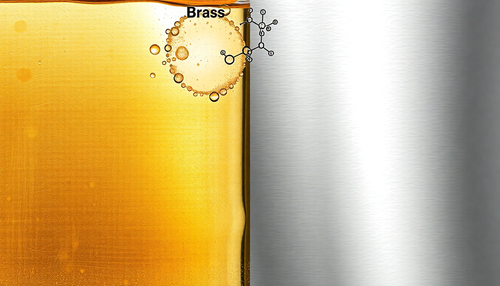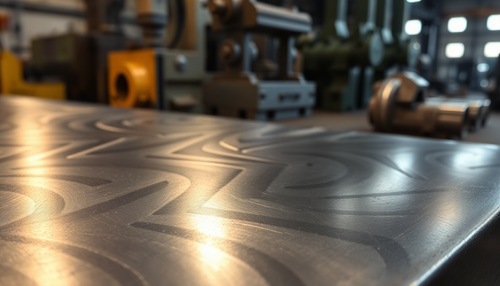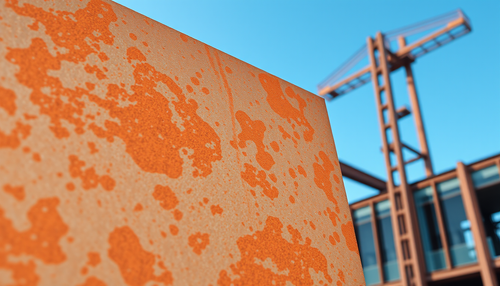
AISI 5160 steel
AISI 5160 steel, also known as 5160 spring steel, is a high-carbon chromium alloy (maximum carbon content 0.61%, chromium content 0.9%). AISI SAE 5160 high carbon steel has excellent toughness, ductility and fatigue resistance and is commonly used in industrial applications as well as the automotive sector for various heavy-duty spring applications, especially for leaf springs. Furthermore, 5160 carbon steel is also used to make knives and swords.
5160 Spring Steel Data Sheet
The table below shows the technical specifications of AISI 5160 steel, including chemical composition and mechanical properties.
Chemical composition
Datasheet 2, Chemical Composition of 5160 Spring Steel
| AISI 5160 Chemical Composition (%) | ||||||
| Note (UNS) | W | Yes | Mn | P (≤) | S (≤) | Cr |
| 5160 (G51600) | 0.56-0.61 | 0.15-0.35 | 0.75-1.00 | 0.035 | 0.040 | 0.70-0.90 |
Mechanical properties
The following technical sheet shows the mechanical properties of AISI 5160 steel, such as yield strength, tensile strength, elongation, area reduction and corresponding hardness under various conditions.
Datasheet 3, Mechanical properties of AISI SAE 5160 spring steel under heat treatment or cold working conditions.
| Mechanical Properties of 5160 Carbon Steel for 25 mm (1 in.) Diameter Bars | ||||||
| Steel (UNS) | Tensile strength (Mpa) ≥ | Yield strength (Mpa) ≥ | Elongation by 50 mm, % ≥ | Reduction in area, % ≥ | Hardness (HB) | Processing, condition or treatment |
| AISI5160 (G51600) | 1025 | 650 | 18.2 | 50.7 | 285 | Normalized to 855°C (1575°F) |
| 724 | 275 | 17.2 | 30.6 | 197 | Annealed at 815°C (1495°F) | |
| 1145 | 1005 | 14.5 | 45.7 | 341 | Oil quenched at 830 °C (1525 °F) and tempered at 540°C (1000°F) |
|
Datasheet 4, Mechanical properties of 5160 high carbon steel in quenched and tempered condition.
| Mechanical properties of 5160 carbon steel in quenched and tempered condition. (13mm) | ||||||
| Steel (UNS) | Tensile strength (Mpa) ≥ | Yield strength (Mpa) ≥ | Elongation by 50 mm, % ≥ | Reduction in area, % ≥ | Hardness (HB) | Quenching temperature, ℃ (℉) |
| AISI5160 (G51600) | 2220 | 1790 | 4 | 10 | 625 | 205 (400) |
| 2000 | 1770 | 9 | 30 | 555 | 315 (600) | |
| 1605 | 1460 | 10 | 37 | 460 | 425 (800) | |
| 1165 | 1040 | 12 | 47 | 340 | 540 (1000) | |
| 895 | 800 | 20 | 56 | 270 | 650 (1200) | |
5160 Carbon Steel Heat Treatment
The heat treatment of 5160 steel includes spheroidizing annealing, full annealing, normalizing and austenitizing.
Normalizing
The typical normalizing temperature of 5160 spring steel is 870°C (1600°F).
Spheroidizing Annealing
Heat to 750°C, rapid cool to 705°C, or slow cool to 650°C at 6°C (10°F)/h, or isothermal annealing at 675°C, isothermal duration 10 hours.
Complete Annealing
Heat to 830°C, rapidly cool to 705°C, and then slowly cool to 650°C at a rate of 11°C (20°F)/h. Or quickly cooled to 675°C, held for 6 hours for isothermal annealing.
Austenitization
The austenitizing temperature for direct hardening is 800-845°C (1475-1550°F)
Forging
The typical forging temperature of 5160 carbon steel is 1205°C.
Welding
AISI SAE 5160 steel is not suitable for welding.
Degree equivalent to AISI 5160
ASTM AISI SAE 5160 carbon steel equivalent to European EN standard (German DIN EN, British BSI, French NF…), Chinese standard GB and Japanese JIS.
| AISI 5160 steel equivalent | |||||||||
| USA | Germany | China | Japan | ISO | |||||
| Standard | Note (UNS) | Standard | Steel name (steel number) | Standard | Note | Standard | Note | Standard | Note |
| AISI-SAE; ASTM A29/A29M; ASTM A322 |
5160 (G51600) | GB/T 1222 | 60CrMn | JIS G4801 | SUP9A | ||||




















